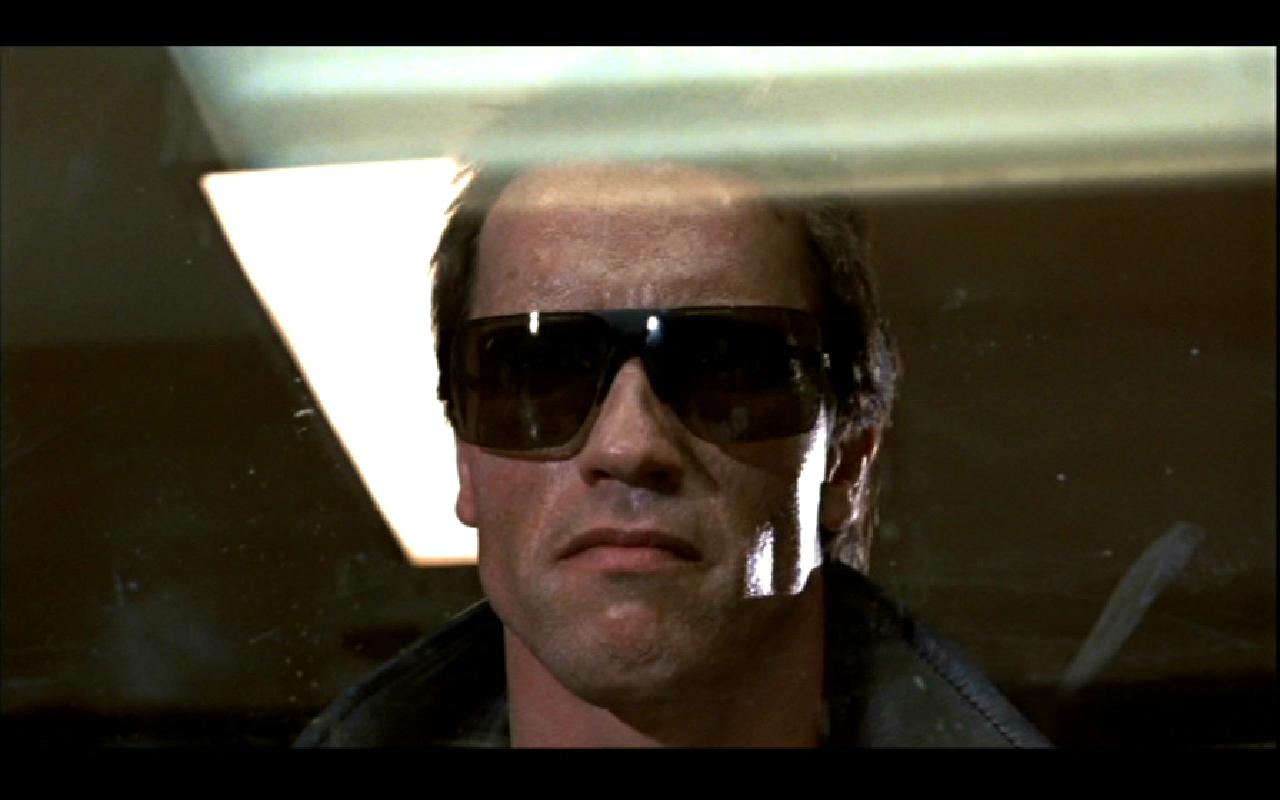In an interview with Nathan Rabin over at the A.V. Club in May of 2007, Louis C.K. remarked with pointed reprobation the distinction between critic and reviewer:
To me, there’s a huge difference between criticism and reviewing. I really love reading good criticism of television and film. To me, a critic is someone who analyzes a show, describes it, talks about the people in it, puts it in historical context of other shows like it, compares it and stuff, and then talks about the intent of the show and whether it failed or didn’t. At the end, they usually say, “By the way: not for me.” But reviewers now just go, they’re like bloggers, they go, “Ha ha hi. Don’t bother seeing this, it’s shit. Trust me, it’s crap. I like this show. That show I just saw sucks. Fuck you. And by the way, I ate a muffin today.”
I offer his statements into evidence not just to mock those whom I hold in the extreme contempt for this heinous sin of treating all media as their excuse to share flimsily constructed and more often than not ill-considered expressions of something groping an aesthetic impulse, but also because I think it speaks to a broader issue I’ve contended with on my site since its inception and which I have as of late been derelict in my duty of flogging to death.

